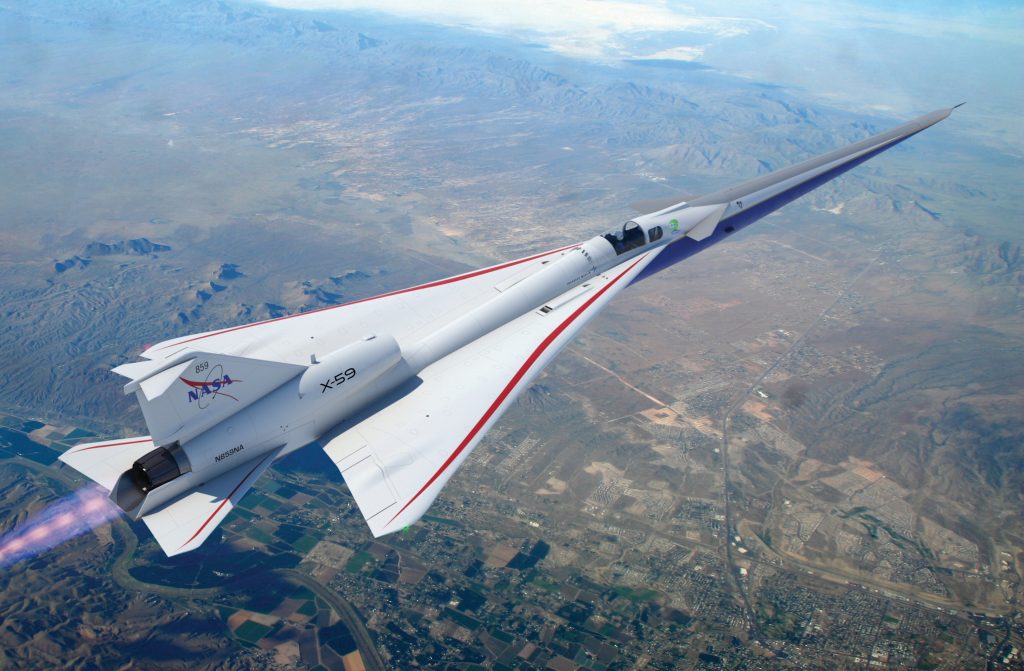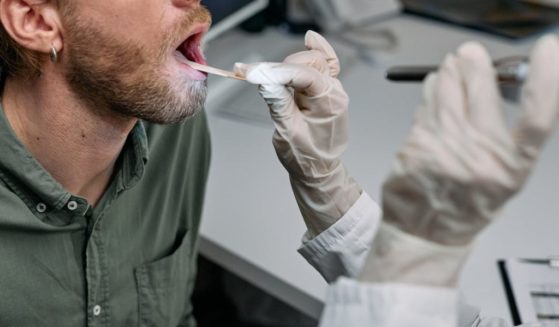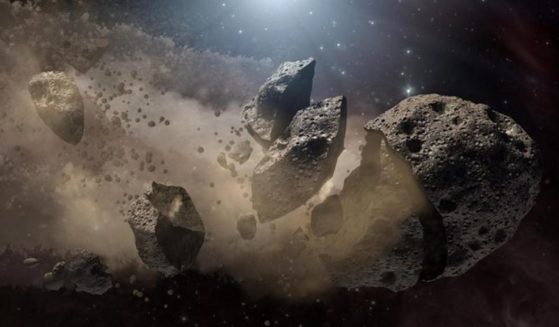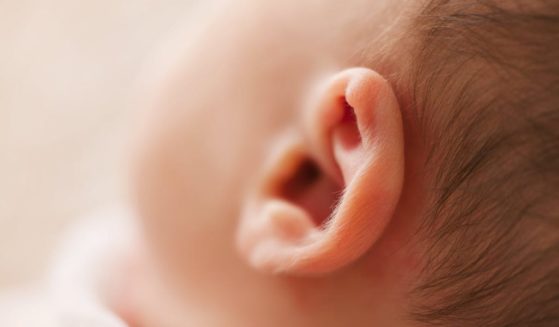Supersonic Travel: NASA's Vision For Faster, Better Flights

NASA has announced plans to develop a supersonic passenger plane almost twice as fast as Concorde.
The space agency said this week they have identified potential passenger markets in about fifty established routes that connect cities.
It is hoped one route would see flights from New York City to London up to four times faster than what’s currently possible.
Commercial partners including Boeing, Rolls-Royce and GE Aerospace have been contracted to create non-proprietary designs for concept vehicles.
NASA say they recently investigated the business case for supersonic passenger air travel aboard aircraft that could theoretically travel between Mach 2 and Mach 4 (1,535-3,045 mph at sea level).

By comparison, today’s larger airliners cruise at roughly 600 mph, or about 80% of the speed of sound.
Concorde had a maximum cruising speed of 2,179 km (1,354 miles) per hour, or Mach 2.04.
The NASA studies concluded potential passenger markets exist, but since the U.S. and other nations prohibit supersonic flight over land, the studies’ findings covered transoceanic travel, including high-volume North Atlantic routes and those crossing the Pacific.
NASA’s Quesst mission, with its X-59 quiet supersonic aircraft, has an ongoing aim to provide data to regulators that would help change the overland supersonic flight rules.
“We conducted similar concept studies over a decade ago at Mach 1.6-1.8, and those resulting roadmaps helped guide NASA research efforts since, including those leading to the X-59,” said Lori Ozoroski, project manager for NASA’s Commercial Supersonic Technology Project.
“These new studies will both refresh those looks at technology roadmaps and identify additional research needs for a broader high-speed range.”
NASA’s Advanced Air Vehicles Program (AAVP) is now moving into the next phase of the high-speed travel research, which includes issuing two 12-month contracts to companies to develop concept designs and technology roadmaps.

The roadmaps will explore air travel possibilities, outline risks and challenges, and identify needed technologies to make Mach 2-plus travel a reality.
Boeing is leading the first team, with partners Exosonic, GE Aerospace, Georgia Tech Aerospace Systems Design Laboratory, Rolls-Royce North American Technologies, and others.
Northrop Grumman Aeronautics Systems lead the second team, with partners Blue Ridge Research and Consulting, Boom Supersonic, and Rolls-Royce North American Technologies.
Each team will develop roadmap elements to include airframe, power, propulsion, thermal management, and composite materials that can hold up under high-supersonic speeds. They will also create non-proprietary designs for concept vehicles.
“The design concepts and technology roadmaps are really important to have in our hands when the companies are finished,” said Mary Jo Long-Davis, manager of NASA’s Hypersonic Technology Project.
“We are also collectively conscious of the need to account for safety, efficiency, economic, and societal considerations. It’s important to innovate responsibly so we return benefits to travelers and do no harm to the environment.”
Long-Davis and Ozoroski have been tasked by NASA’s Aeronautics Research Mission Directorate and the AAVP to develop a high-speed strategy.
These conceptual vehicle designs and technology roadmaps are key to developing that strategy.
Once the industry engagement phase is completed, NASA and its industry and academic partners will decide whether to continue the research with their own investments.
Concorde’s fastest transatlantic crossing was on 7 February 1996 when it completed the New York to London flight in 2 hours 52 minutes and 59 seconds.
Produced in association with SWNS Talker
The Western Journal has not reviewed this story prior to publication. Therefore, it may not meet our normal editorial standards. It is provided to our readers as a service from The Western Journal.
Truth and Accuracy
We are committed to truth and accuracy in all of our journalism. Read our editorial standards.











